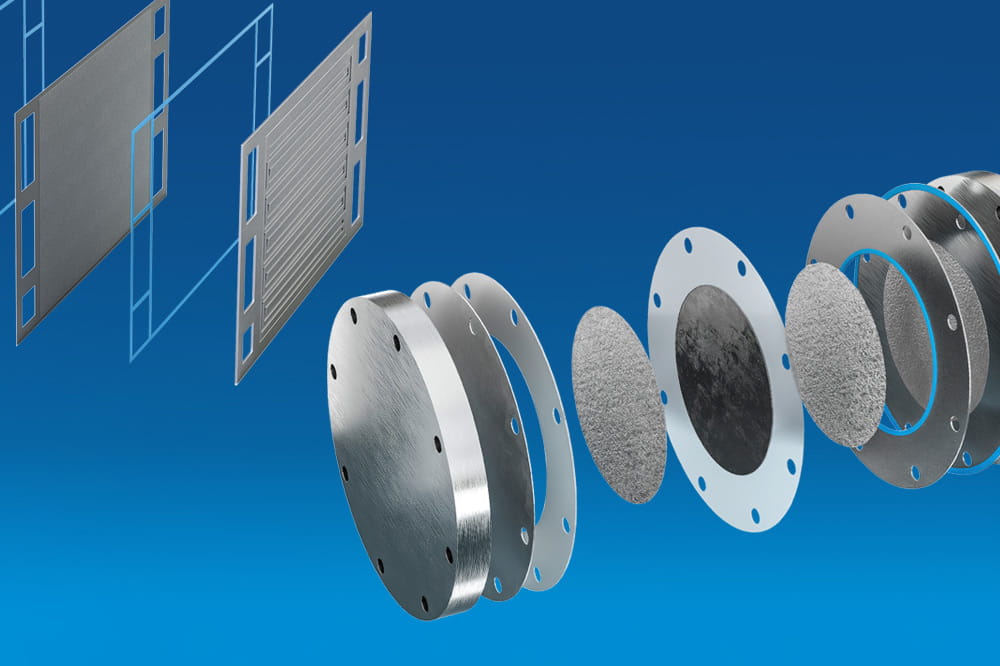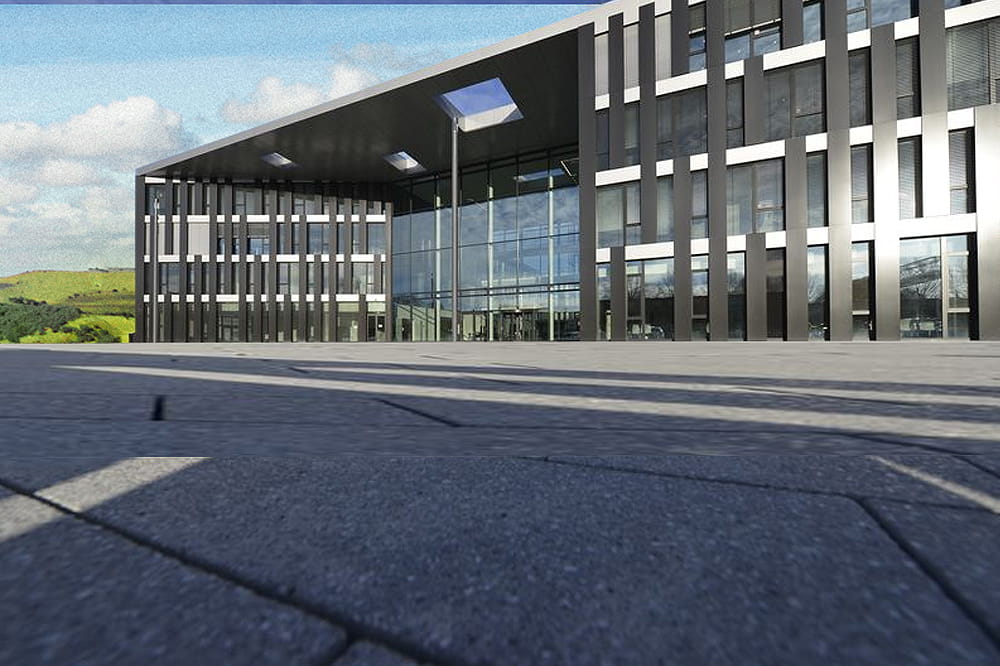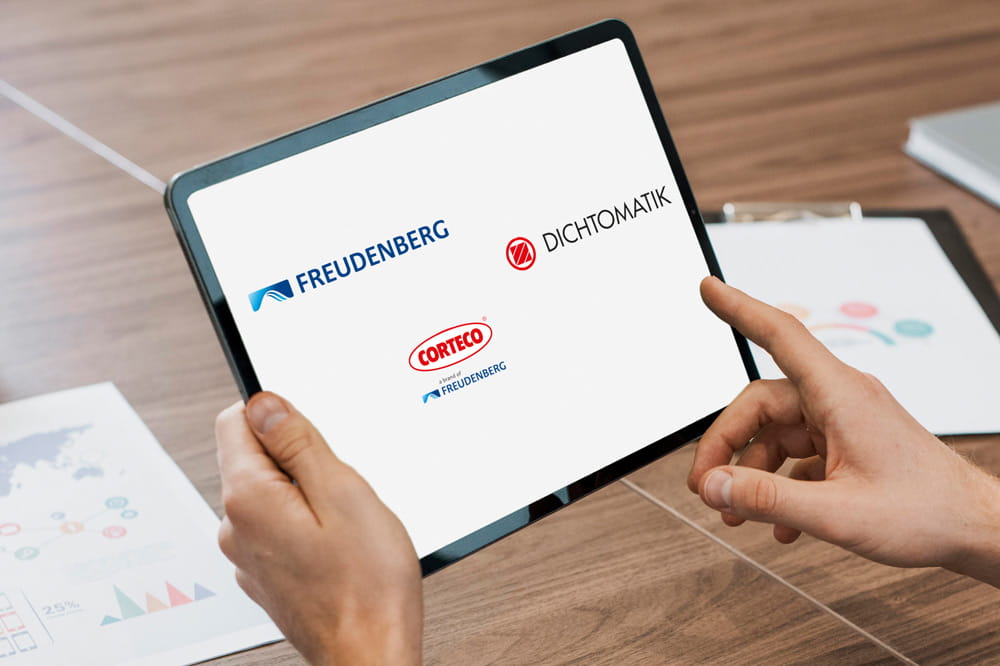About Freudenberg Sealing Technologies
Our Organisation
We need to think ‘lean,’ which means getting every form of waste out of our processes.
Dr. Matthias Sckuhr, COO of Freudenberg Sealing Technologies, talks about lean processes, historic trends and the role of employees.

Your Career Starts Right Here
Career with prospects - Freudenberg Sealing Technologies offers
offers talented young professionals as well as experienced professionals
a wide range of entry-level opportunities in various fields of activity.
Committed to Protecting the Environment
Partnerships and Networks

Get in Touch
Do you have a question? Would you like a concrete offer? We are looking forward to your message.
Contact us











